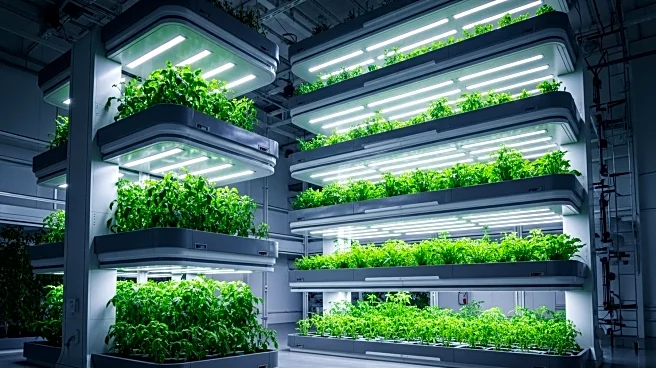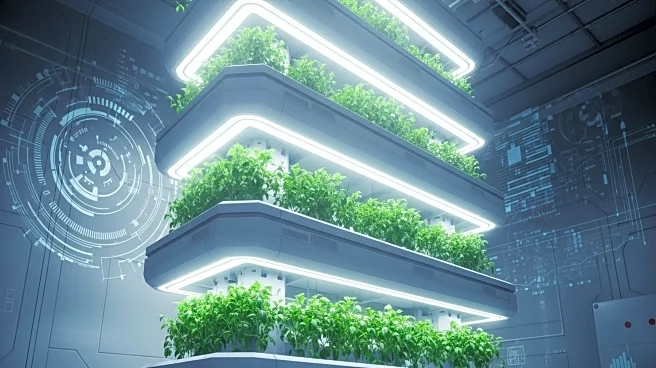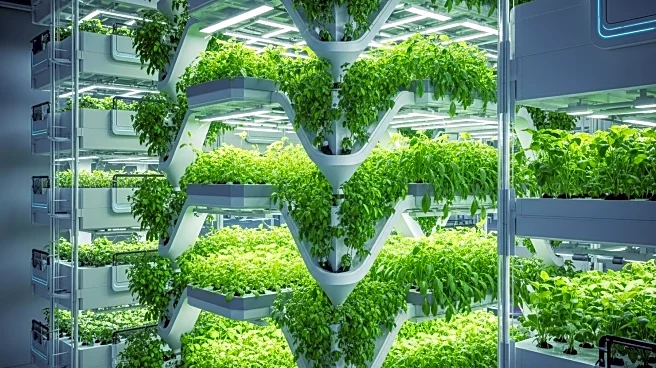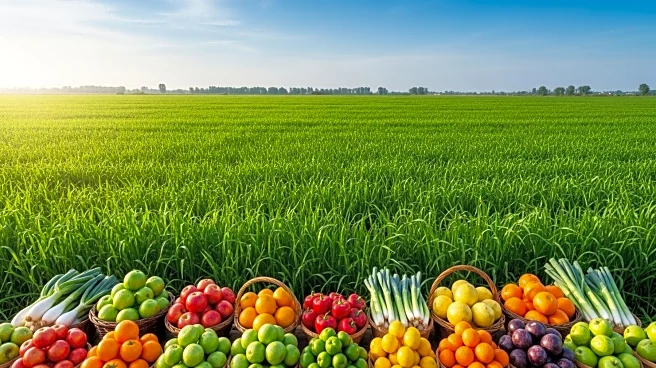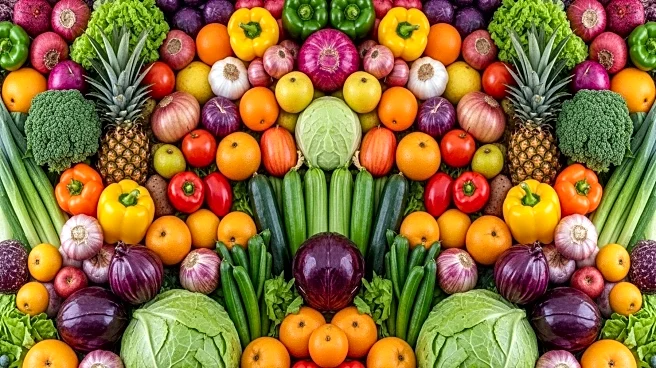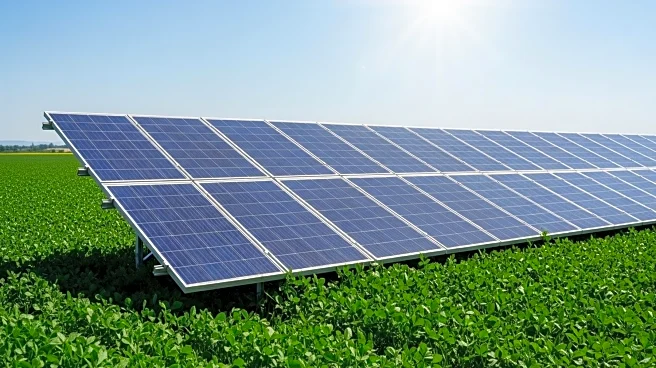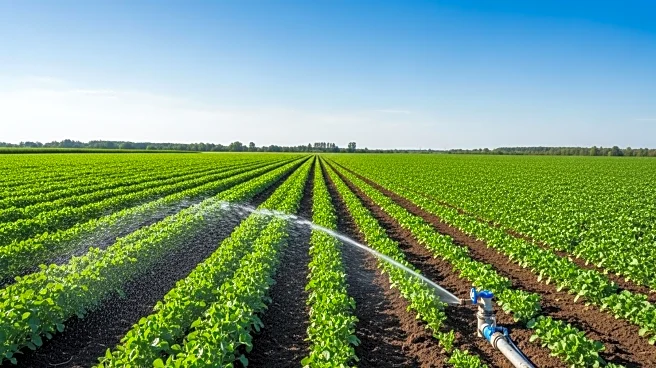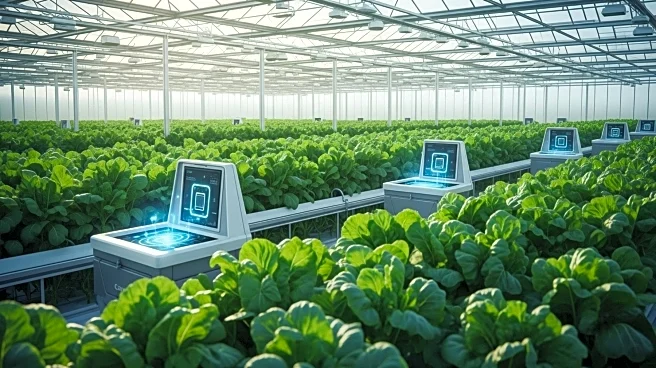What's Happening?
Vertical farming, once a booming industry, is currently facing significant challenges despite its potential for growth. Over the past decade, investors have poured over $6 billion into vertical farming startups, attracted by promises of reduced carbon emissions, pesticide use, and water consumption. However, funding has drastically decreased from $2 billion in 2021 to approximately $280 million last year. Major players like Bowery Farming and AppHarvest have collapsed due to high operational costs, including energy-intensive LED lighting and ventilation systems. Additionally, higher interest rates have made financing more expensive, and there is a shortage of skilled labor. The industry's tendency to keep technology proprietary has hindered collective learning and improvement. Despite these setbacks, the global market for vertical farming is projected to grow from $8 billion last year to $25 billion by 2030, driven by environmental, economic, and structural factors such as population growth, soil degradation, and climate change.
Why It's Important?
The challenges faced by the vertical farming industry highlight the complexities of integrating innovative agricultural technologies into mainstream food production. As the global population continues to grow, the demand for sustainable food sources becomes increasingly critical. Vertical farming offers a solution to food security by potentially bringing food production closer to urban centers, reducing reliance on traditional agriculture that is affected by climate change and water scarcity. The industry's struggles underscore the need for technological advancements and efficient resource management to realize its full potential. Successful integration of AI and other technologies could enhance the efficiency of vertical farms, making them viable alternatives to conventional farming methods. The industry's evolution could significantly impact food supply chains, urban planning, and environmental sustainability.
What's Next?
The future of vertical farming depends on overcoming current challenges and leveraging technological advancements. As the industry matures, there may be consolidation with new entrants and mainstream adoption. The focus will likely shift towards improving operational efficiency and reducing costs through innovations such as AI. Stakeholders, including investors, policymakers, and technology developers, will play crucial roles in shaping the industry's trajectory. Countries with limited arable land, like Singapore, may lead in adopting vertical farming solutions. The industry's ability to adapt and innovate will determine whether it can transition from a niche market to a significant component of global food production.
Beyond the Headlines
The vertical farming industry's journey reflects broader themes in technological innovation and sustainability. Ethical considerations regarding energy consumption and resource allocation are central to its development. The industry's success could influence cultural perceptions of food production, emphasizing local and sustainable practices. Long-term shifts may include changes in dietary habits and urban infrastructure to accommodate vertical farms. The industry's evolution could also prompt discussions on intellectual property and collaboration, as sharing technology and knowledge becomes essential for progress.
